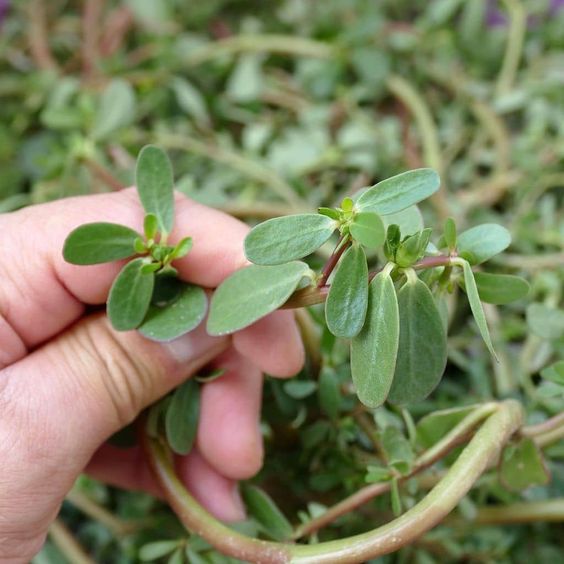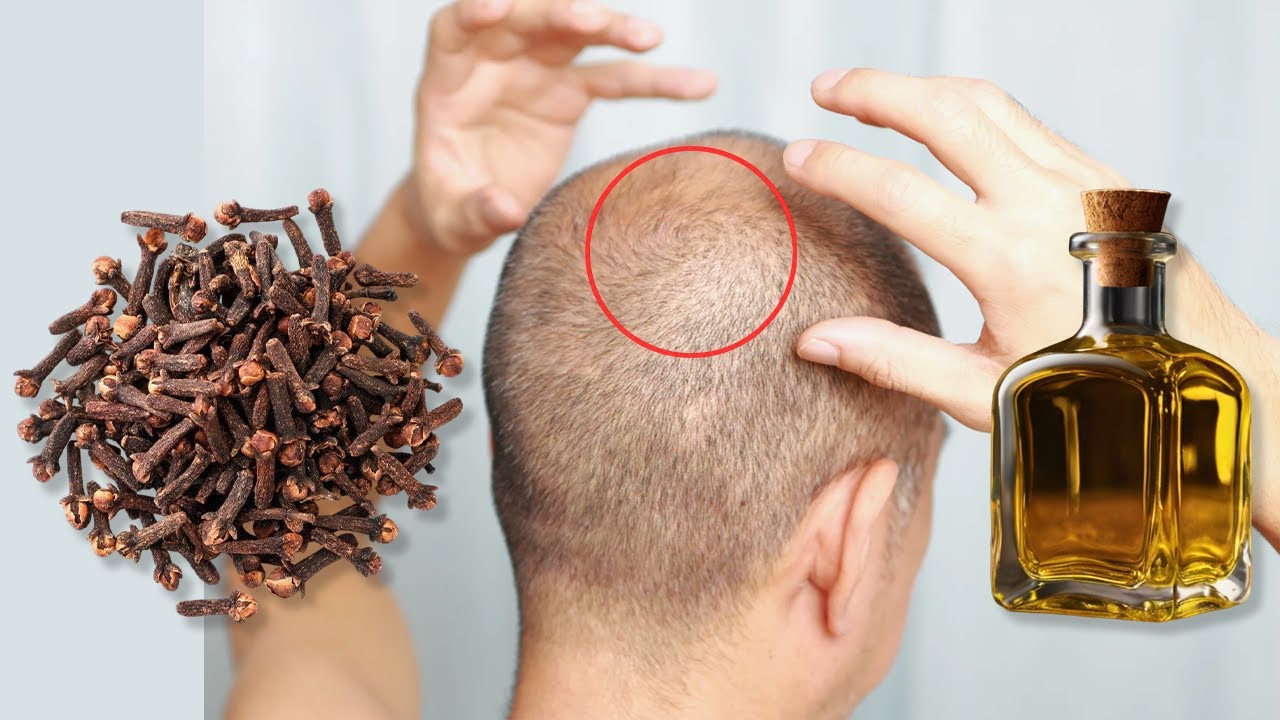
Purslane, also known as “bakleh” in some regions, is a leafy green plant that’s packed with nutrients and widely used for its health benefits. However, like any powerful natural remedy, it also has some potential side effects. Here’s what you need to know about the benefits and precautions of using purslane.
Health Benefits of Purslane
- Rich in Nutrients: Purslane is loaded with vitamins A, C, and E, as well as essential minerals like magnesium, potassium, and calcium.
- High in Omega-3 Fatty Acids: One of the unique benefits of purslane is its high content of omega-3 fatty acids, which support heart health and reduce inflammation.
- Antioxidant Power: The antioxidants in purslane help combat free radicals, reducing cell damage and supporting healthy aging.
- Aids Digestion: Purslane contains mucilage, a type of soluble fiber that helps soothe the digestive tract and promotes gut health.
Possible Side Effects of Purslane
- High Oxalate Content: Purslane contains oxalates, which can contribute to kidney stones in people prone to this condition. It’s best to consume it in moderation if you have kidney issues.
- Potential Allergic Reactions: Some individuals may experience mild allergic reactions, such as itching or stomach discomfort, after consuming purslane.
- Avoid During Pregnancy: Due to its possible effects on uterine contractions, pregnant women are generally advised to avoid purslane.
How to Use Purslane Safely
To enjoy the benefits of purslane, add it to salads, soups, or smoothies. Consuming it in moderation can maximize its health benefits while minimizing any risks.
Purslane is a nutrient-dense plant that, when used wisely, can be a great addition to a balanced diet. Enjoy it in moderation to make the most of its benefits!




